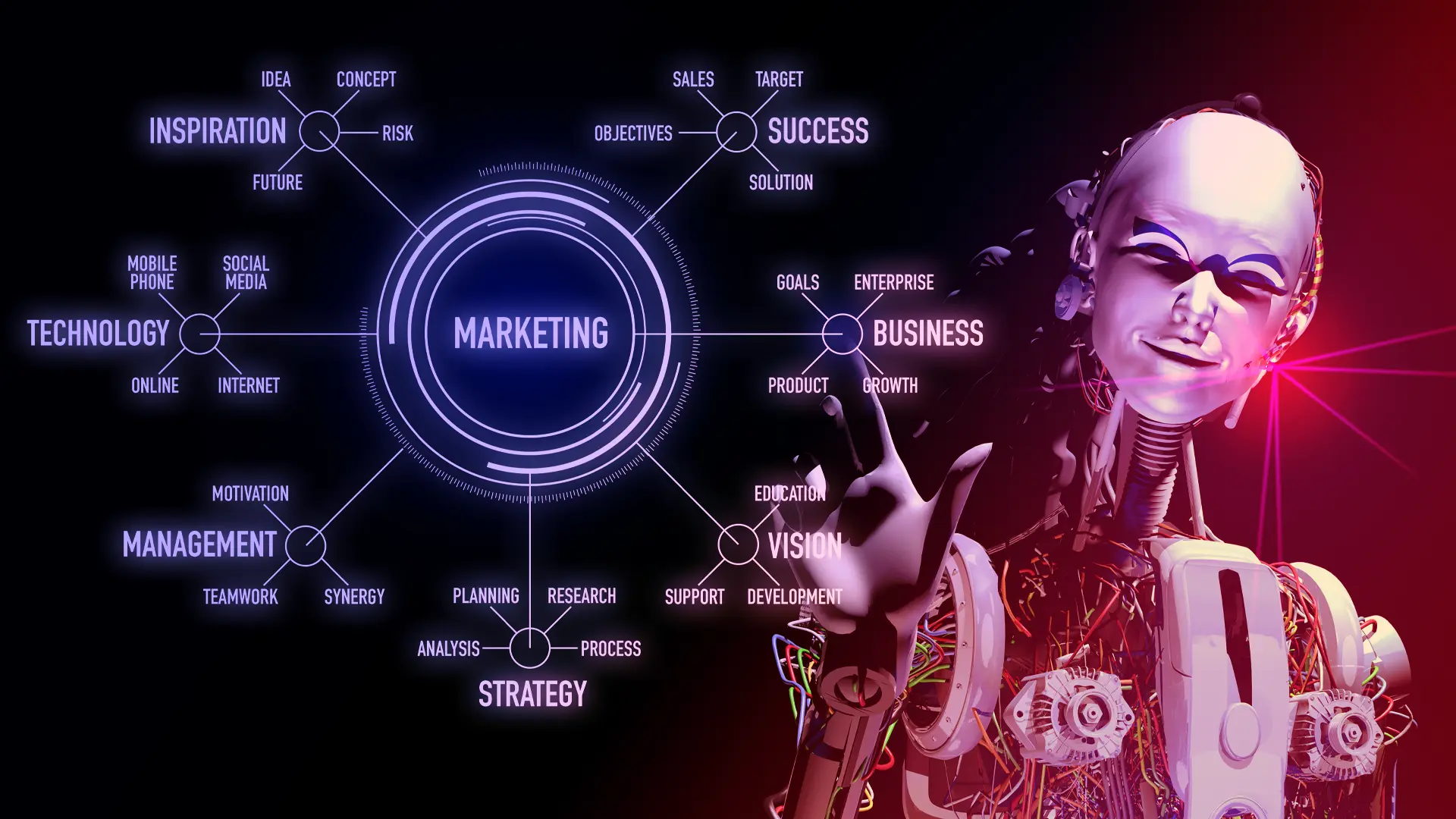AI Conversion Strategies in Marketing: What Works vs. Hype

As of March 2024 we have renamed Apexchat to Blazeo. We are excited to share the next part of our journey with our customers and partners.
The name ApexChat implies that we are primarily a chat company, which is no longer true. Now we have many offerings, such as call center services, AI, Appointment setting, SMS Enablement, Market Automation, and Sales acceleration (Q2 2024), that go beyond chat. The new name will not only allow us to convey the breadth of our offering but will also better convey our company’s mission and values.
Blazeo, which is derived from the word Blaze, evokes a sense of passion, speed, and energy. A “Blaze” is captivating, illuminates, and represents explosive growth. Blazeo encapsulates our mission to ignite such growth for our customers and partners by delivering innovation with passion, speed, and energy.

If you’ve spent the last year drowning in endless AI promises, you’re not alone. The big question marketing teams keep asking is straightforward: Which AI conversion strategies in marketing actually deliver results—and where do humans still matter?
This guide breaks down the difference between hype and proven wins. Backed by data and real-world results, it highlights the AI tactics that move the needle—like speed-to-lead automation, personalization that drives measurable revenue, and real-time data activation. We’ll also explore why human expertise remains irreplaceable, and how platforms like Blazeo unify AI and human collaboration to maximize conversions.
The fastest wins still come from answering buyers first. Classic but undefeated.
AI that helps: intent detection on forms/chats, automated routing, instant outbound (voice or chat), and real-time tasking to humans. AI buys you seconds; humans close the loop with judgment and trust.
Personalization keeps proving its commercial value, especially when it’s timely and channel-aware.
AI that helps: predictive audiences, next-best-offer models, dynamic content/CTAs, and channel sequencing tuned by behavior—not just personas.
If the model’s right but your data is stale, your conversion lift evaporates.
AI that helps: streaming event pipelines, identity resolution, and predictive triggers that fire actions (not just reports).
Also: 5 Proven Ways to Convert Website Visitors into Leads
The teams seeing durable gains tend to run a simple loop:
This is where AI conversion strategies stop being theory and start compounding.
Also read: Why Hybrid AI and Human Lead Capture is the Ultimate 24/7 Conversion Strategy
Blazeo is built around the exact motions above—AI + human, tuned for conversion:
1. What AI conversion strategies work best in marketing?
The most effective strategies include speed-to-lead automation, personalized CTAs and offers, and real-time data activation—especially when paired with timely human involvement.
2. Why is speed-to-lead important in AI-driven marketing?
Speed-to-lead matters because buyers expect instant engagement. Research shows companies that respond within 1 hour are up to 7x more likely to qualify leads compared to slower responders.
3. How does AI personalization improve conversions?
AI-driven personalization adapts offers, CTAs, and messaging to a prospect’s behavior. This increases relevance and can boost conversions by over 200% compared to generic calls-to-action.
4. Is AI marketing hype or reality?
There’s plenty of hype, but the reality is that AI works best when it supports humans. From lead routing to personalization, AI is powerful—yet human judgment remains critical for trust and closing deals.
5. Where should businesses start with AI conversion strategies?
The best starting points are improving speed-to-lead response times, setting up AI-powered lead routing for high-intent signals, and personalizing CTAs on top-performing pages before expanding into more advanced real-time data activation.
At the end of the day, AI conversion strategies in marketing work best when they’re focused on three pillars: speed-to-lead, relevant personalization, and real-time activation. But the magic happens when AI doesn’t operate alone—human expertise steps in at high-stakes moments to build trust and close deals.
Blazeo makes this seamless by unifying the loop: instant AI-driven replies, personalized CTAs, and smooth human handoff. With the right balance of automation and empathy, you’ll stop chasing hype and start compounding real results. That’s how intent turns into revenue—and why AI plus humans isn’t just a trend, it’s the future of conversion success.
See Blazeo in Action → (Book a demo)